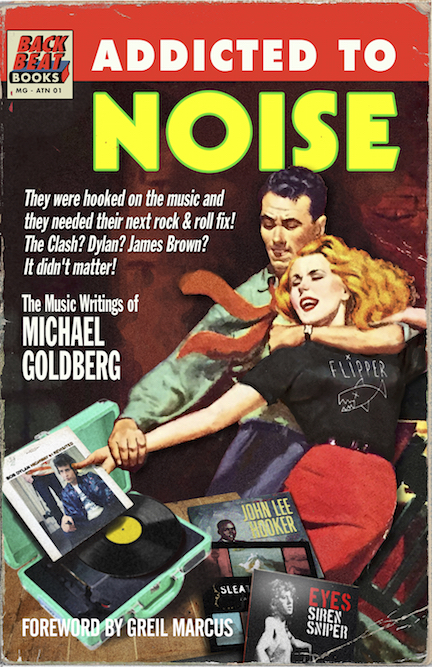
The BOOK OF BUNK is labyrinthine, in the best Borgesian sense, with fictional towns within fictional towns, fictional characters portraying fictional characters in a sort of live action RPG before such things existed, all of that layered over “real” places and people and events that seem fictitious–none more so than the Federal Writer’s Project of the 1930s.
The FWP was part of Roosevelt’s New Deal and used government funds to support out-of-work writers (and researchers and editors) during the Great Depression. Though highly controversial at the time, much of the work produced under its auspices, particularly the slave narratives and the travel guides, is now considered a vital contribution to US history.
That’s just the background. The real story is the relationship between the two brothers Dent: Paul, the narrator, in his late teens, asthmatic, compassionate, and withdrawn; and Lewis, four years older and everything that Paul is not—a charismatic, reckless con man. After their widowed father dies in Blackcreek, Oklahoma, Paul hops a freight headed east. In his boxcar he meets a mysterious woman named Grace and an infant called “the Patrol.” Grace recruits Paul as a researcher for the FWP and sends him off to Trampleton, in the western mountains of North Carolina. Trampleton, like the town of Asheville that it resembles, is located in Buncombe County, from which the noun “bunk,” meaning nonsense, is derived. Asheville is “real” and Trampleton is fictional.
Between his reclusive nature and the town’s hostility toward strangers, Paul’s progress is predictably slow, and it’s no help that his brother Lewis has followed him to North Carolina and seems to be romantically involved with Grace. As Paul becomes increasingly attracted to a young local woman, he finds he has a rival in the disturbed and violent orphan Danny, who’s been her protector since they were both children.
In time Paul does begin to penetrate the secrets of Trampleton, secrets that involve racism, arson, and an imaginary mirror-land called Bunk County that has begun to bleed into the novel’s reality.
The book’s subtitle is “A Fairy Tale of the Federal Writers’ Project,” a description that made me fear I was going to encounter elves or sorcerers or the dreaded “magical realism.” Nothing could be further from the truth. This is realism at its best, with instantly memorable characters, vivid settings, and arduous research that seems effortless on the page. The dialog sparkles, and Hirshberg trusts us to interpret it for ourselves. For example, when the boxcar that holds Paul, Grace, and “the Patrol” begins to slow, Paul asks if they should hide. “Grace swept her gaze over the virtually empty car, her kicked-over apple basket, the kid’s ball of blankets. ‘Okay, Paul,’ she said. ‘I’ll count to ten.’”
Hirshberg’s descriptions of nature are lovely: “Overhead, the branches fanned open, carving the sky into a thousand blue cross-hatched fragments. Giant bud-clusters hung up there like beehives suspended in the eaves, and from them came a deep and constant rustling.”
To this formal elegance, Hirshberg adds the energy of big ideas. Plenty of writers have explored the fine line between truth and fiction, history and bunkum, but here the stakes are life and death. A practical joke becomes a fraud, the fraud becomes a tragedy. Famous writers are made and broken. Communities are created from dust and to dust they return, taking something priceless from the “real” world when they go. And just when we think we’ve seen it all, here comes the House Un-American Activities Committee to reenact the lies and innuendo of Bunk County on a national stage.
As far as I can tell, THE BOOK OF BUNK was printed only in a limited edition of 400 (plus 15 lettered copies) back in 2010. Time for somebody (New York Review of Books?) to step up and put it back in print for good.

